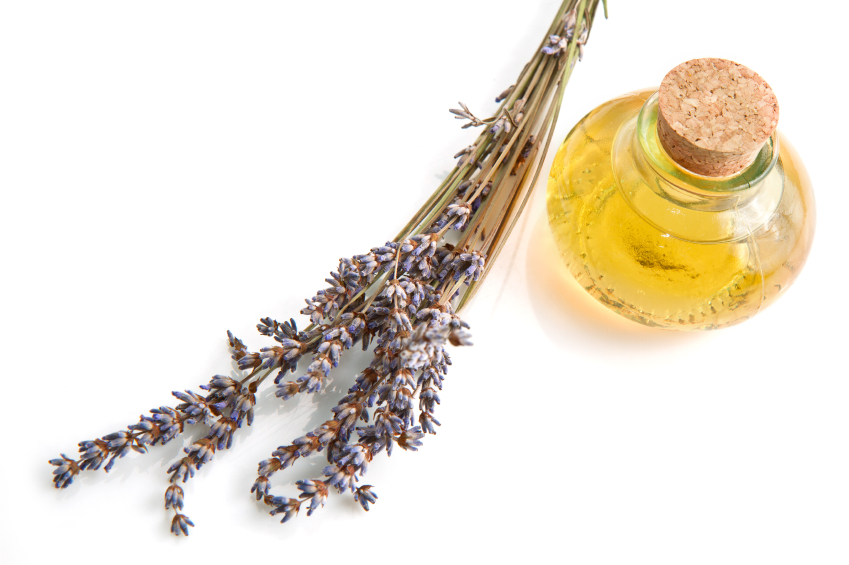Mental Health Care Parity Ruling Announced
In 2013 we described a speech given by Congressman Patrick J. Kennedy about the need for parity in care for people with mental illnesses. In late 2013, Health and Human Services Secretary Kathleen Sebelius issued a final rule on the Mental Health Parity and Addiction Equity Act of 2008, effectively requiring that health insurance coverage for mental health and substance abuse treatment be comparable to coverage of physical ailments.
The rule was prompted in part by mass shootings that were linked to mental health patients. Sebelius announced the new rule at a press conference with former first lady Rosalynn Carter, who has been a supporter of mental health research for decades.
According to the New York Times, state insurance commissioners will need to enforce the new rule, and more money may be required to fund behavioral health clinics.
This historic milestone may allow patients to get medical care they had previously been unable to afford.
Lithium Lowers Risk of Suicide
Suicide is a serious risk for people with mood disorders. We have noted before that various studies of lithium show that the drug lowers suicide risk in people with mood disorders. A 2013 meta-analysis by Andrea Cipriani et al. in the journal BMJ confirms this finding. The review of 48 randomized controlled trials comparing lithium with placebo or other active drugs in the long-term treatment of mood disorders showed that lithium reduces the risk of suicide and death from any cause.
Lithium was more effective than placebo at reducing number of suicides and deaths from any cause, and more effective than carbamazepine and anticonvulsants in general at reducing deliberate self-harm. The authors wrote that lithium seems to reduce risk of suicide and death by more than 60% compared to placebo.
Lithium may reduce suicide risk by preventing relapse of mood disorders, but it may also have other mechanisms of action, such as decreasing aggression or impulsivity.
One thing to note about these findings is that the reduction in suicide risk also applies to those with unipolar depression, not just those with bipolar disorder. There is a case to be made that lithium treatment could be targeted specifically to reduce suicide risk.
Medicinal Herb May Help Cognitive Dysfunction in Bipolar Disorder
Many patients with bipolar disorder experience cognitive deficits that impede their recovery and that persist during times of wellness. In a double-blind placebo-controlled study by K. N. Roy Chengappa et al. published in the Journal of Clinical Psychiatry in 2013, the herb Withania somnifera (WSE, commonly called ashwagandha and sold under the name Sensoril) was significantly better than placebo at improving patients’ performance on three different cognitive tasks.
In the eight-week study, 53 patients took either 500 mg of WSE or placebo in addition to their regular medications.
The herb, which has traditionally been used in Ayurvedic medicine in India as an aid to resisting stress and disease, improved performance on digit span backwards (a test of short-term memory in which the subject must repeat a sequence of numbers backwards), Flanker neutral (a test of response time in which a subject must repress their instinct to give an incorrect response), and the Penn Emotional Acuity Test (which requires subjects to correctly identify facial emotions depicted in photographs).
Mood and anxiety levels were not different for the group taking WSE and the group taking placebo.
The researchers hope to continue their investigation of WSE with larger and longer-term studies that will explore the effects of different doses of WSE.
Bupropion Plus Naltrexone Reduces Brain Response to Food Cues
The combination of antidepressant bupropion (Wellbutrin) and naltrexone (Revia), a drug that helps alcoholics resist the craving for alcohol, can help patients keep their weight down. Last year we summarized an article by Smith et al. in the journal Diabetes, Obesity, and Metabolism that showed that obese patients with diabetes treated with the combination of bupropion and naltrexone had excellent weight loss and reduction in body fat compared to those treated with either drug alone or with placebo.
A more recent study by G. J. Wang et al. published in the International Journal of Obesity in 2013 shows that the combination of 360mg of bupropion sustained release and 32mg of naltrexone sustained release works by reducing patients’ response to food cues. Forty women were shown a video of their favorite food being prepared, which stimulated parts of the brain associated with visual stimuli and other functions. Those who received the combination of naltrexone and bupropion had lessened hypothalamic response to the videos compared to those who received placebo, and also showed activity in parts of the brain associated with inhibitory control (the anterior cingulate), internal awareness (the superior frontal cortex, the insula, and the superior parietal cortex), and memory (the hippocampus).
Editor’s Note: It looks like the drug combination prompts the brain to say, “Wow, that looks good, but maybe I shouldn’t take in any more calories today.”
Marijuana Addiction Associated with White Matter Loss and Brain Changes in Healthy People and Those with Schizophrenia
It has been established that cannabis use is associated with impairments in working memory, but researchers are still investigating how these impairments come about. A 2013 study by Matthew J. Smith et al. in the journal Schizophrenia Bulletin compared regular marijuana users both with and without schizophrenia with demographically similar people who did not use marijuana.
Using magnetic resonance imaging (MRI), the researchers were able to map each participant’s brain structures. Healthy people who were marijuana users showed deficits in white matter (axons of neurons that are wrapped in myelin) compared to healthy people who did not use the drug. Similarly, patients with schizophrenia who used marijuana regularly had less white matter than those patients with schizophrenia who did not use the drug. There were also differences in the shapes of brain structures, including the striatum, the globus pallidus, and the thalamus, between cannabis users and non-users.
Differences in the thalamus and striatum were linked to white matter deficits and to younger age of cannabis use disorder onset.
Differences between cannabis users and non-users were more dramatic across the populations with schizophrenia than across the healthy populations.
Editors note: Future research is needed to determine whether marijuana causes these brain changes, or whether the brain changes are a biomarker that shows a vulnerability to marijuana addiction (although the latter is less likely than the former).
Other data show that marijuana is associated with an increase in psychosis (with heavy use), cognitive deficits, and an earlier onset of both bipolar disorder and schizophrenia in users compared to non-users. These findings make pot begin to look like a real health hazard. With legalization of marijuana occurring in many states, ease of access will increase, possibly accompanied by more heavy use. The most consistent pharmacological effect of marijuana is to produce an amotivational syndrome, characterized by apathy or lack of interest in social activities. Particularly for those already struggling with depression, pot is not as benign a substance as it is often thought to be.
Lavender Oil May Improve Anxiety
An oral preparation of lavender oil called Silexan decreased anxiety significantly more than placebo in a study by S. Kasper et al. published in the International Journal of Neuropsychopharmacology in 2014.
This randomized double-blind study of 539 patients with Generalized Anxiety Disorder compared two different doses of Silexan (160 mg and 80 mg) with a 20 mg dose of the antidepressant paroxetine and with placebo. Both doses of Silexan reduced anxiety significantly more than placebo did. While paroxetine performed better than placebo, that result did not reach statistical significance.
Sixty percent of the patients who received the 160 mg dose of Silexan showed reductions of 50% in scores on the Hamilton Anxiety Scale (HAMA). In addition to its anti-anxiety effects, Silexan was associated with an antidepressant effect, improved general mental health, and improvement in health-related quality of life.







